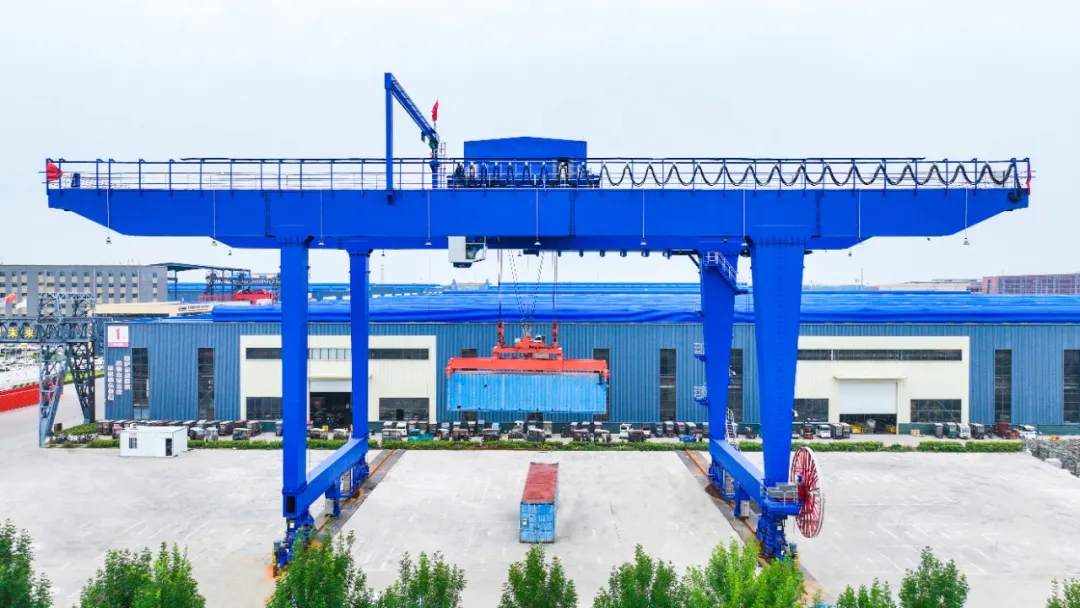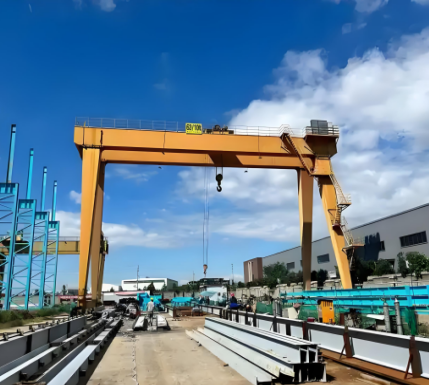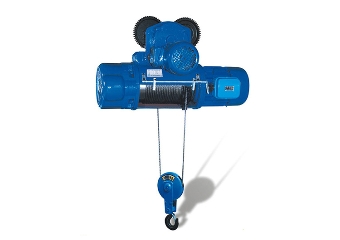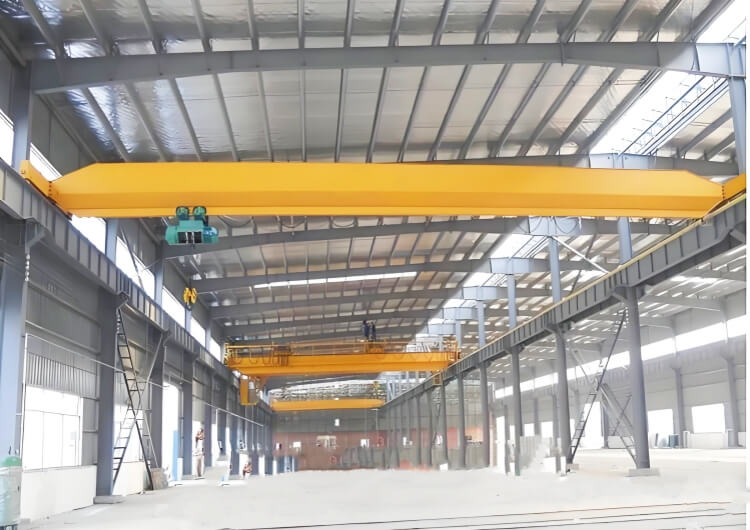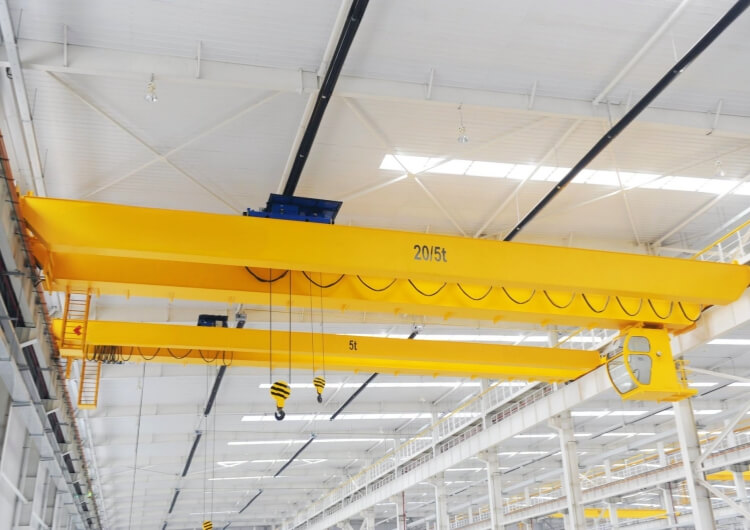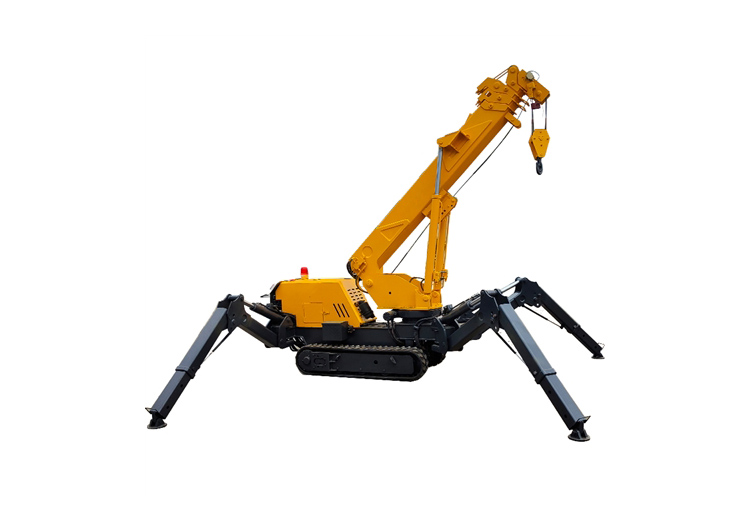Wire Rope Electric Hoist vs. Chain Electric Hoist: A Complete Comparison Guide
Introduction
Electric hoists are the backbone of modern material handling, widely used in factories, warehouses, logistics centers, and construction sites. Among them, the two most common types are the wire rope electric hoist and the chain electric hoist.
Although both are designed for lifting and moving loads safely, their structure, lifting capacity, working environment, and maintenance needs vary significantly. This guide will help you understand their differences and select the right hoist for your business.
1. Definitions
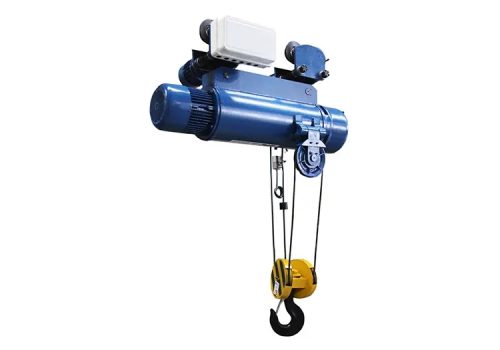
Wire Rope Electric Hoist
Wire rope hoists are typically divided into CD1 (single speed) and MD1 (dual speed) models.
-
Core features: Strong steel wire rope as the main lifting component, compact structure, high strength, and smooth transmission.
-
Best use: Designed for medium to heavy-duty lifting tasks, offering reliable performance in large-scale operations.
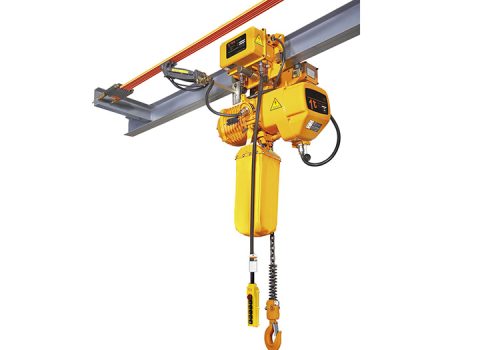
Chain Electric Hoist
Chain hoists use high-strength alloy chains for lifting. The internal gears are heat-treated for durability and toughness.
-
Core features: Easy installation, flexible operation, lightweight structure.
-
Best use: Ideal for small to medium loads and frequent lifting operations in compact spaces.
2. Core Performance Comparison
| Dimension | Wire Rope Electric Hoist | Chain Electric Hoist |
|---|---|---|
| Lifting Capacity | 0.5 – 20 tons | 0.1 – 20 tons |
| Lifting Height | 6 – 30 m | 3 – 120 m |
| Operating Speed | 8 m/min (no load), 20% slower when loaded | 10 m/min (no load), 15% slower when loaded |
| Space Requirement | Needs higher installation height | Works well in low headroom, compact spaces |
| Maintenance | Wire rope inspection & higher replacement cost | Chains are durable, lower long-term cost |
| Typical Use | Factories, ports, heavy-duty lifting | Workshops, logistics, frequent operations |
3. Application Scenarios
Wire Rope Electric Hoist Applications
-
Factories & Workshops: Handling raw materials, finished goods, and heavy components.
-
Construction Sites: Lifting concrete blocks, machinery, and building materials.
-
Logistics & Warehouses: Loading and unloading bulk cargo.
Advantages: Perfect for large capacity lifting, low-frequency usage, and environments where height is not a limitation.

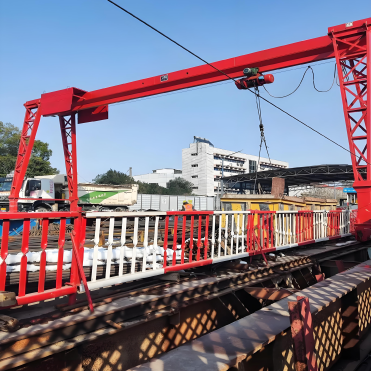
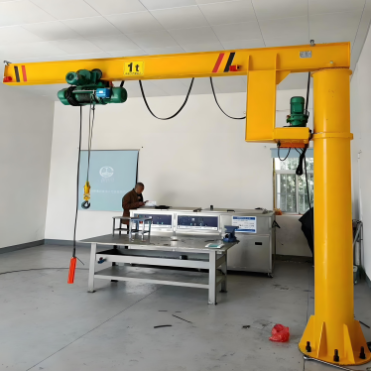
Chain Electric Hoist Applications
-
Assembly Lines: Automotive manufacturing, electronics assembly.
-
Warehouses: Goods sorting, stacking, and high-frequency lifting tasks.
-
Maintenance Workshops: Equipment repairs, part replacements.
-
Harsh Environments: Reliable performance in humidity, acid mist, alkaline conditions, and high temperatures.
Advantages: Ideal for small to medium loads, frequent operations, and space-restricted areas.
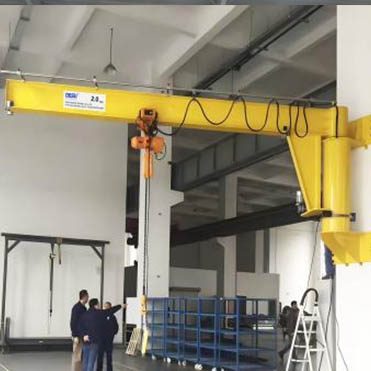
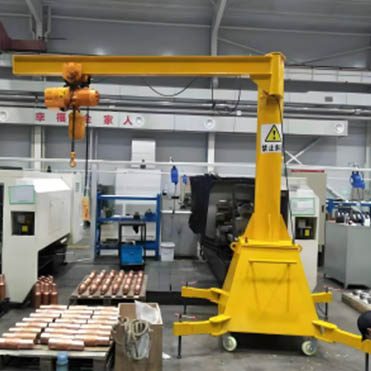
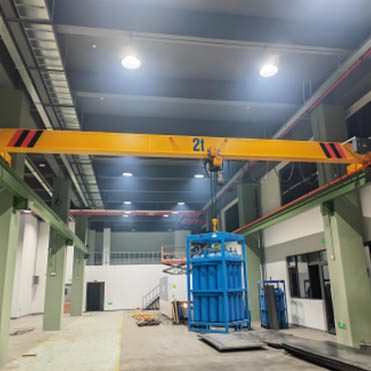
4. How to Choose the Right Electric Hoist
When selecting between a wire rope hoist and a chain hoist, consider the following factors:
-
Load Requirement: Identify the maximum lifting capacity and add a safety margin.
-
Space Conditions: Measure available installation height and horizontal space.
-
Usage Frequency: For continuous, high-frequency lifting, choose a chain hoist.
-
Environment: For dusty, corrosive, or humid environments, ensure proper protection level (IP44/IP54).
-
Budget: Balance cost, durability, and operational efficiency to achieve the best ROI.
5. Why Choose SLKJCrane?
At SLKJCrane, we have decades of expertise in manufacturing high-quality lifting equipment.
-
Our CD1 wire rope electric hoists and durable chain electric hoists are built from premium materials with precision engineering.
-
We guarantee stable performance, enhanced safety, and long service life.
-
With SLKJ, you gain a trusted partner for all industrial lifting solutions.
👉 Contact us today for a tailored hoist solution that meets your factory, warehouse, or construction needs.

Expert in Overhead Crane/Gantry Crane/Jib Crane/Crane Parts Solutions
Eileen Hu
With 20+ years of experience in the Crane Overseas Export Industry, helped 10,000+ customers with their pre-sales questions and concerns, if you have any related needs, please feel free to contact me!
FAQs About Electric Hoists
A wire rope hoist is stronger and suitable for heavy-duty applications, while a chain hoist is lighter, more compact, and better for frequent small to medium lifting tasks.
A chain hoist is more suitable since it requires less headroom and can be installed easily in compact environments.
Yes, modern electric chain hoists are designed to work in humid, corrosive, or high-temperature conditions with proper protective measures.
With regular maintenance, wire rope hoists can last 10–15 years or more, depending on load cycles and working conditions.
Always consider your maximum load and add 20–30% safety margin to prevent overload and extend the hoist’s service life.
Latest Blog
Lorem ipsum dolor sit amet, consectetur adipiscing elit, sed do eiusmod tempor incididunt ut labore et dolore magna aliqua
Intermodal Gantry Cranes (RMG & RTG) — Engineering Playbook
Intermodal Gantry Cranes (RMG & RTG) — Engineering Playbook This engineering-oriented guide targets rail-to-truck operations, inland ports (ICDs),
Electric Hoist Gantry Crane: Complete Sizing & Selection Guide | SLKJCrane
Electric Hoist Gantry Crane: A Complete Sizing & Selection Guide Choosing the right electric hoist gantry crane comes
MG Double Girder Gantry Crane with Hook | Heavy-Duty Outdoor Lifting
MG Double Girder Gantry Crane with Hook: Structure, Specs & Applications An MG double girder gantry crane with
Steel Mill Wire Rope Lubrication for Metallurgical Hoists | Cut Downtime by 41%
Steel Mill Wire Rope Lubrication for Metallurgical Hoists: Root-Cause Fix & Proven Results Wire rope failures in steel
Contact Us Now
Have questions about our cranes or need help?
Reach out to our friendly team for expert support and guidance.
We are here to help you power your journey towards a greener future !
Address: Crane Industry Park, Xinxiang City Henan Provice

